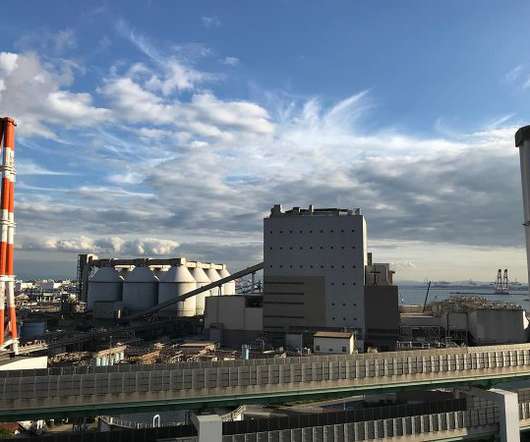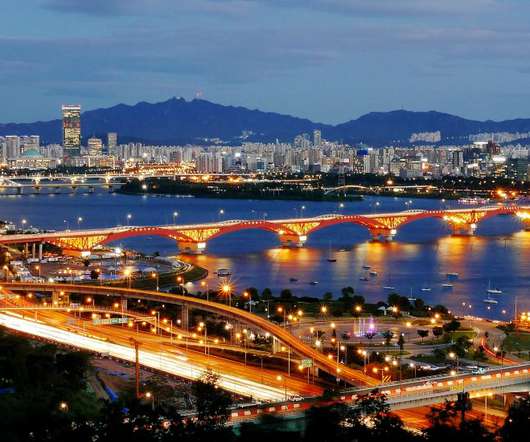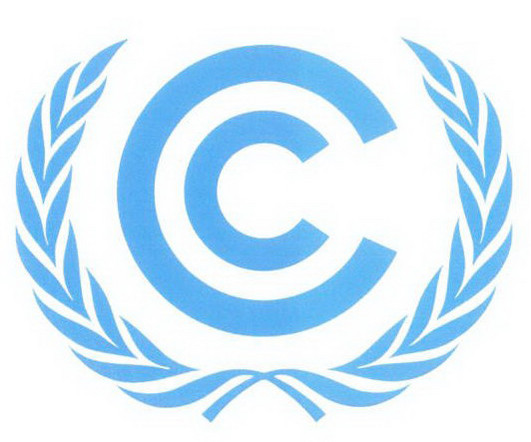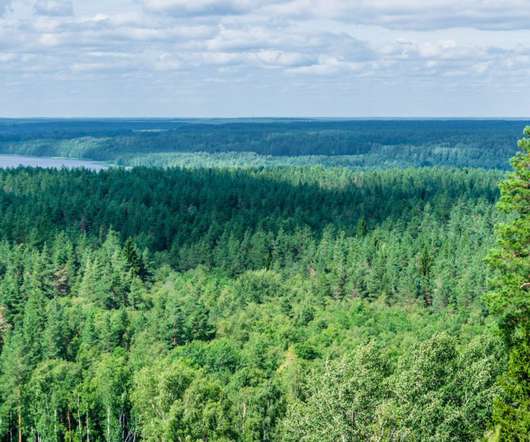Guest Post: Climate Litigation in Japan: Citizens’ Attempts for the Coal Phase-Out
Law Columbia
JUNE 1, 2022
But the country changed course as a result of the 2011 Tohoku Earthquake and Tsunami, which led to the forced shutdown of nuclear power plants and greater reliance on fossil fuels. As a result, Japan’s CO 2 emissions increased, peaking in 2013. As of May 2022 , there are 163 operating coal-fired power plants in Japan.












Let's personalize your content